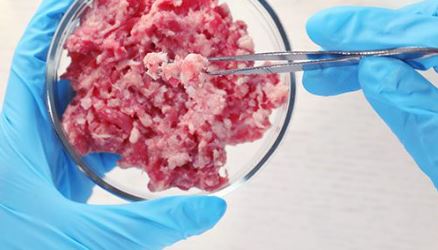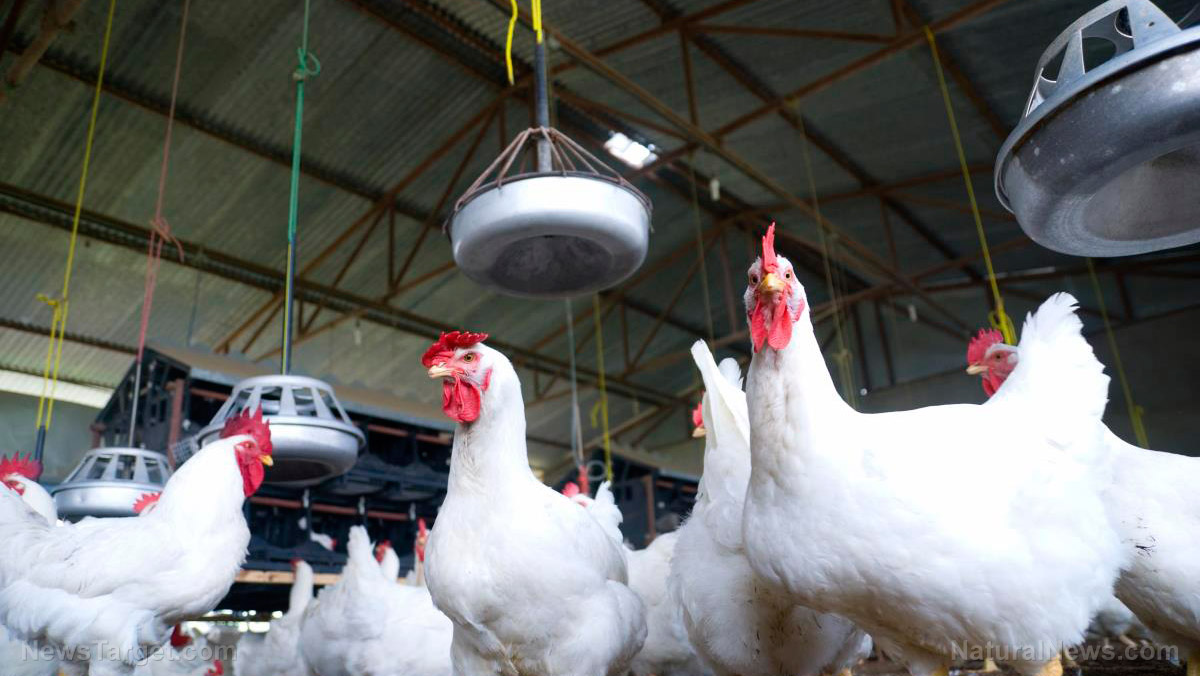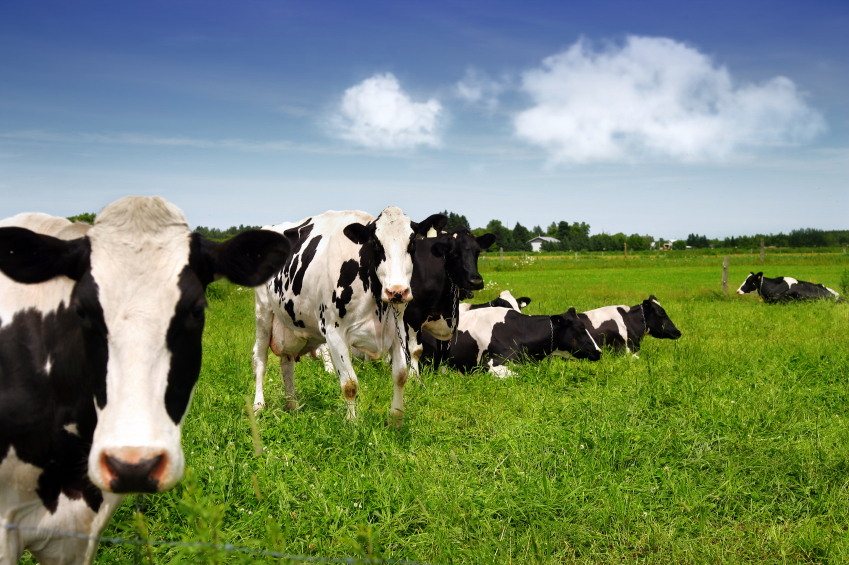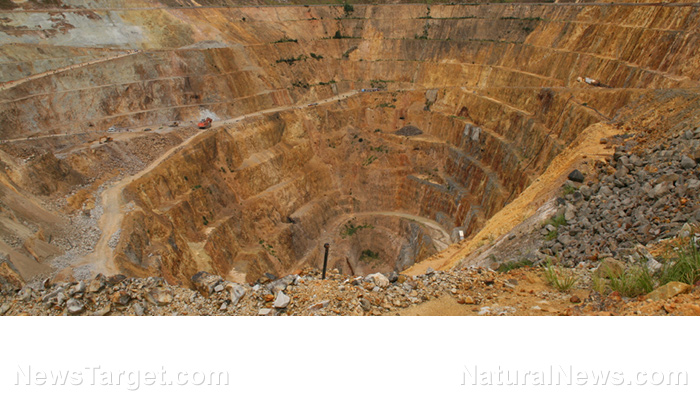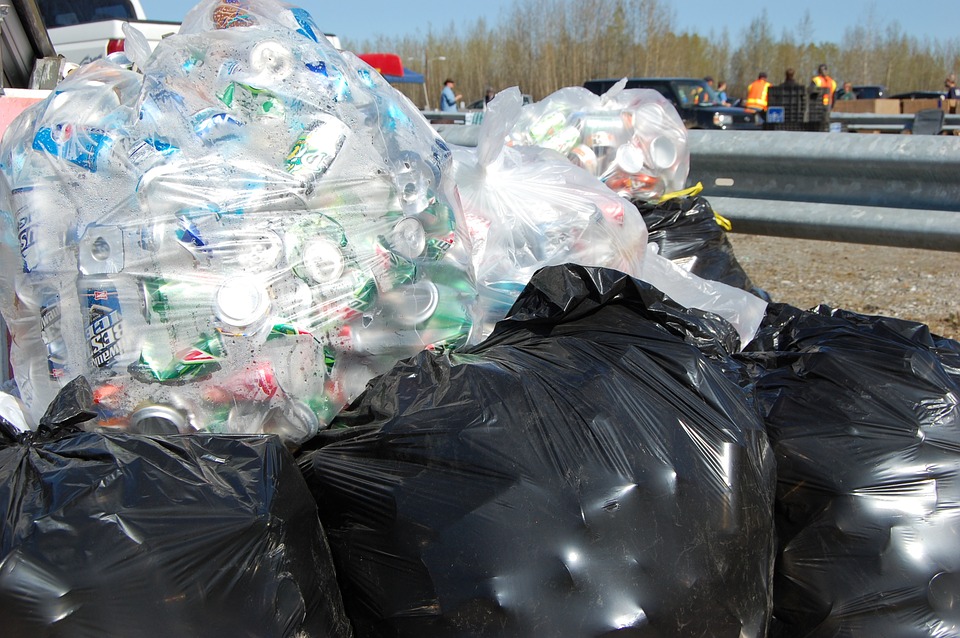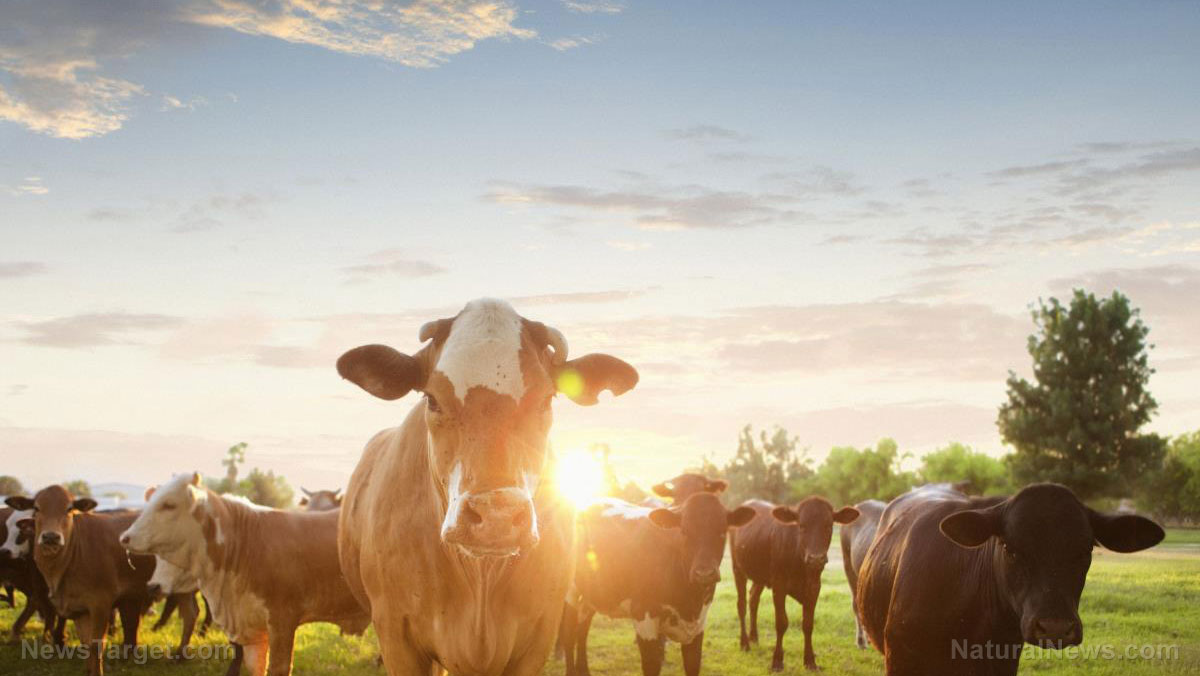How organic farming practices preserve biodiversity in the natural world while growing healthy abundant food
05/29/2023 / By Olivia Cook
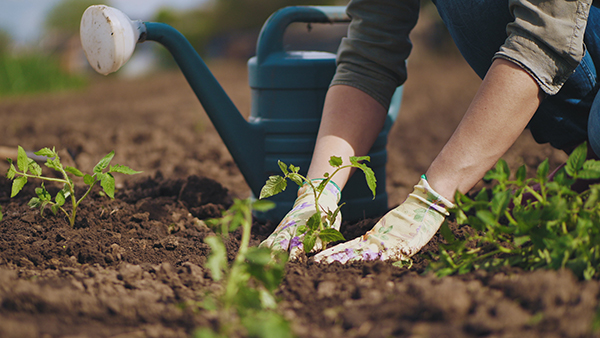
Organic farming’s ultimate goal is to build and improve the health of the soil and regenerate the health of not just ecosystems but people as well. (H/T to RodaleInstitute.org)
Scientists at the Rodale Institute, a non-profit dedicated to research on organic farming, note that organic farming practices enrich the soil, allowing it to hold more air and water and supplying crops with a steady release of nutrients while also hosting a robust population of beneficial microorganisms that play important roles in plant health.
Here are some organic farming practices that help preserve the biodiversity of the natural world while, at the same time, allowing people to grow healthy and abundant food.
Cover crops
Also known as “living mulch,” cover crops are grown in the soil by organic and conventional farmers in rotation with their cash crops to protect the soil from erosion and nutrient loss. This living mulch helps the soil retain moisture in the summer and prevents weeds from growing. It also protects the roots of plants and allows rain to penetrate and enrich the soil during winter.
Crop rotations
Crop rotation is the practice of planting different crops sequentially on the same plot of land. This practice improves soil health, optimizes the nutrients in the soil and increases biomass from different crops’ root structures. It also increases biodiversity on the farm and helps combat pests by interrupting pest mating. All of this can be done without any synthetic inputs.
Compost
Composting drastically reduces an organic farmer’s need for chemical or synthetic inputs. The process of creating compost is also an effective way for farmers to recycle many of the organic materials usually considered “waste,” like kitchen scraps, paper, yard clippings, animal manure, leaves and straw.
All of this composted material creates valuable byproducts that feed plants for healthy growth and promote a diversity of microorganisms to flourish in the soil.
Organic no-till
The purpose of tilling the soil is to work with needed ingredients like compost, nitrogen and phosphorous to prepare and boost the soil’s overall health, but tilling too often or too deep can do more damage than good to your soil.
Small-scale organic no-till farmers use hand tools, like hoes and rakes. Large-scale organic no-till farmers also use a special tractor called the roller-crimper, which mows plants down, cutting the stems every seven inches in a single pass – saving vital time and energy for farmers.
The now-terminated cover crops remain on the ground, forming a thick mulch that suffocates weeds. The cash crops then grow straight up through the cover mulch.
Pest management
Pests are a serious problem for all farmers. The difference between organic and conventional farmers is that the former implement strategies that not only protect crops but also contribute to healthy and resilient soil and encourage populations of natural predators and beneficial insects, like ladybugs and honeybees.
Monitoring and identifying insect pests and their natural enemies serve as an early warning system for the presence of pests and diseases. Visual observation, along with the strategic use of pheromones and other non-synthetic products can disturb pest mating cycles. Mechanical controls like traps are also used to control pest populations.
Livestock management
Raising livestock assists with weed management by eating or trampling unwanted plants. They also improve soil health by fertilizing it with their manure. Organic farmers often choose heritage breeds of cattle, chickens, goats and other livestock, which tend to be hardier and better suited to life outdoors due to their genetic predisposition to surviving on forage. (Related: Expert recommends incorporating livestock on farmland to improve soil quality.)
Rotational grazing
Rotational grazing is the process by which pastures are subdivided into smaller areas and only certain areas are used for grazing at a time, while the remainder are allowed to rest to allow forage plants to recover and the soil to build up valuable nutrients.
Many organic farmers are turning to rotational grazing for increased soil fertility, increased forage production, higher quality forage stand, controlled forage use, less wasted forage, improved drought management, consistent animal monitoring and extended grazing periods.
Visit OrganicFarming.news to learn more about green living with organic farming.
Watch this video to learn about hydroponics and how Indian organic farmers are using it to grow their crops.
This video is from the Backyard Farming channel on Brighteon.com.
More related stories:
Report: Organic farming yields 40% more crops than conventional farming through drought.
Home gardening basics: How to keep composting during the winter.
Keep your garden soil healthy with crop rotation.
How shifting to organic farming could help rural America rebound from economic disaster.
Sources include:
Submit a correction >>
Tagged Under:
agriculture, compost, cover crops, crop rotations, crops, farming, food production, harvest, livestock, mulch, organic farming, organic no-till, organics, pest management, pests, rotational grazing, soil health, tilling
This article may contain statements that reflect the opinion of the author
RECENT NEWS & ARTICLES
COPYRIGHT © 2017 ECOLOGY NEWS



